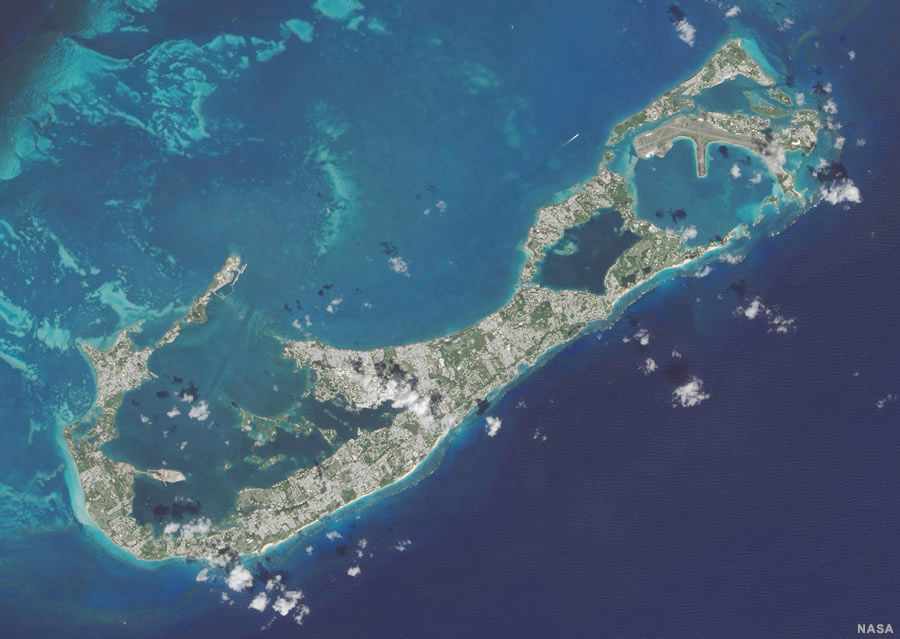Insurance and reinsurance companies in Bermuda have been using increasing amounts of reinsurance, in particular property catastrophe, quota shares and property per risk contracts. According to a report from regulator the Bermuda Monetary Authority (BMA), Bermuda’s re/insurers ceded almost 52% of their losses to sources of reinsurance capital in 2018, with insurance-linked securities (ILS) and collateralised sources a key player in providing protection to Bermuda’s re/insurance sector.
According to a report from regulator the Bermuda Monetary Authority (BMA), Bermuda’s re/insurers ceded almost 52% of their losses to sources of reinsurance capital in 2018, with insurance-linked securities (ILS) and collateralised sources a key player in providing protection to Bermuda’s re/insurance sector.
Comparing 2018 to the prior year, the BMA wrote, “Overall, observing the aggregate loss impact, the results demonstrate that the level of reliance on reinsurance has increased compared to last year and varies across each peril.
“Typically, perils that have potential for the largest losses, such as Gulf Windstorm, Miami-Dade Hurricane, Pinellas Hurricane and San Francisco Earthquake, are heavily reinsured.”
The amount of losses ceded to reinsurance capital in 2018 rose by 2.4% to reach 52%, as re/insurers in Bermuda utilised more capacity to support their businesses.
Buried in the data is the growing use of third-party capital on the island, as re/insurers increasingly leverage investor appetite for insurance-linked returns as a source of reinsurance or retrocession, while also benefiting from the fee income that provides as well.
In 2018 the BMA found that the use of property catastrophe reinsurance, quota shares and property per risk contracts all increased, while use of insurance-linked securitisation methods such as catastrophe bonds and industry-loss warranties (ILW’s) decreased slightly.
This is also a reflection of increasing use of collateralised property catastrophe and quota share arrangements, as well as reinsurance sidecars.
The BMA’s analysis also shows how re/insurers retain more of the risk at the higher return periods, with 51.4% of the gross exposure retained for a 1 in 50 year event, while 58.8% of the gross exposure is retained for a 1 in 1,000 year event.
Explaining the retention trends seen in analysing the 2018 data from Bermuda re/insurers, the BMA wrote, “The observations indicate that less reinsurance is being purchased for more rare events (1 in 1,000), compared to less rare events (1 in 50). This is true for all perils except Japanese Typhoon and Earthquake (for 1 in 100 return period) where there is no monotonic relationship between retention and return periods.
“Nevertheless, for Japanese Typhoon, the average retention ratios are close for all return periods. European Windstorm exhibits a rather flat demand for reinsurance across return periods. However, Atlantic Hurricane and North American Earthquake are the major perils where significant variation in the use of reinsurance per return period is evident.”
Interestingly, the Bermuda market has become a much heavier user of catastrophe reinsurance and retro in 2018, with the number of insurers purchasing little or no external catastrophe reinsurance dropping from 20.0% of respondents to the BMA’s data call in 2017 to 6.7% of respondents in 2018.
Overall, the Bermuda insurance and reinsurance market increased its reliance on reinsurance and retro as forms of capital in 2018, as it leveraged the appetite of reinsurers and ILS investors to better manage its probable maximum loss (PML) exposures across the underwriting book.
It’s likely this continued in 2019 as well and the report issued in a year’s time could well show an even higher percentage of losses ceded to sources of reinsurance capital, while use of third-party capital has also increased.
https://www.artemis.bm/news/bermuda-re-insurers-use-of-reinsurance-increasing-bma-report/Bagikan Berita Ini















0 Response to "Bermuda re/insurers use of reinsurance increasing: BMA report - Artemis.bm"
Post a Comment